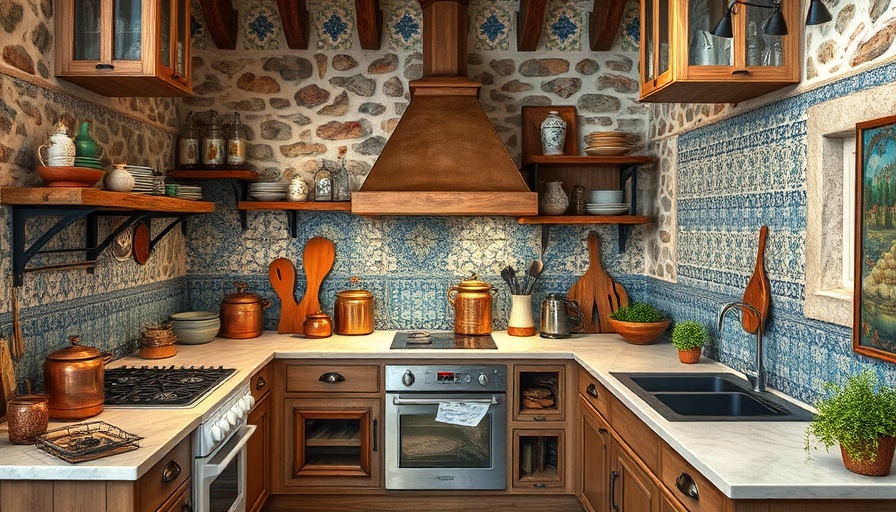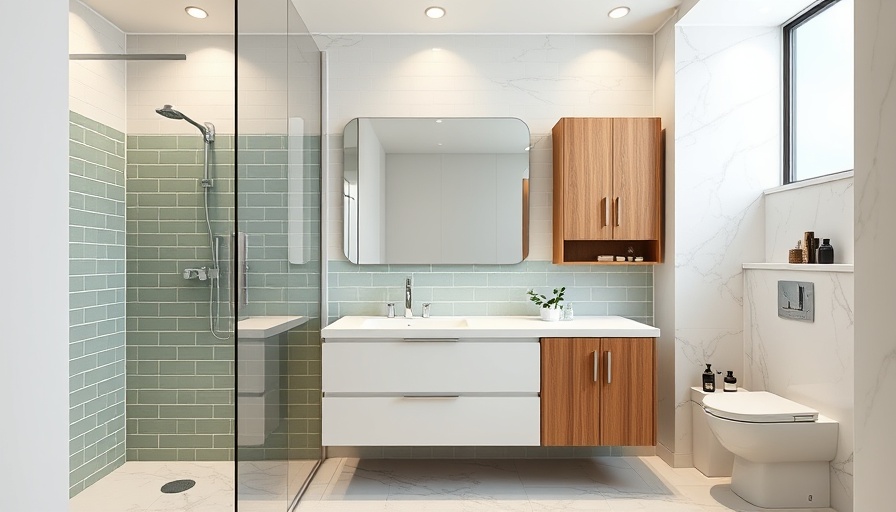
The Shift Towards Natural Paints
Homeowners frequently face the challenge of enhancing their living spaces while being mindful of health and environmental impacts. A fresh coat of paint may seem like a quick fix for remodeling, but traditional options like acrylic and latex paints have significant drawbacks. Household paints, often made from petrochemicals, contribute to the microplastics crisis and are typically harmful to both human health and the planet. This growing awareness has spurred curiosity about eco-friendly alternatives that are both effective and safe.
What Are Natural Paints?
Natural paints, unlike their synthetic counterparts, are derived from earth-based materials including linseed oil, clay, lime, and chalk. These alternatives not only reduce reliance on harmful chemicals but also provide a wide spectrum of colors and textures. Jonsara Ruth, cofounder of the Healthy Materials Lab, emphasizes the importance of returning to time-honored practices of paint-making, which hinge on natural resources rather than petroleum. With these natural bases, homeowners can create vibrant spaces without chemistry-based toxicity.
Types of Natural Paints
Natural paints can be categorized into two groups:
- Earth-derived paints: This group includes clay paints, lime paints, and mineral paints which harness natural minerals and elements, providing rich textures and depth in color.
- Plant-based oils: Linseed oil from the flax plant, tung oil from the tung tree, or even walnut and olive pit oils can create durable and resilient paint options.
Benefits of Going Natural
Opting for natural paints brings several benefits for the health-conscious homeowner. They are generally free from volatile organic compounds (VOCs), which are notorious for causing respiratory issues and ailments. Furthermore, using paints derived from renewable resources lessens the ecological impact of production and disposal. Importantly, these paints do not sacrifice visual appeal; many brands offer a rainbow of vibrant colors that rival their synthetic peers.
How to Choose Natural Paint for Your Remodeling Projects
When planning a remodeling project, selecting the right paint is crucial. Look for certifications and labels that verify a product's eco-friendliness. Brands that specialize in natural paints often provide information on their sourcing and production processes, so homeowners can make informed choices. In addition, experimenting with different textures and finishes can help homeowners achieve the desired look for kitchens or living areas.
Practical Application: Painting Your Space
Whether you're tackling kitchen remodeling or simply refreshing a room, applying natural paint has some specifics to keep in mind. Consider consulting with home contractors who are experienced in this niche; they can guide installation and help you avoid common pitfalls. Also, understanding the nature of your surfaces—wood, drywall, or previously painted areas—will influence your choice of paint.
The Future of Natural Paints
As environmental issues continue to gain prominence, it's likely that the demand for natural paints will only increase. Future trends may lead to even more innovations in paint technology, focusing on sustainability without compromising quality. Homeowners who embrace this shift not only contribute to a healthier planet but also enhance their living spaces in a thoughtful, informed manner.
Conclusion: Your Next Steps in Home Renovation
If you’re considering a project whether big or small—from kitchen remodeling and flooring installation to bathroom upgrades—exploring natural paint options can make a substantial difference. By choosing eco-friendly paints, you not only create a more vibrant home but also take a stand for sustainability. This simple yet impactful choice reinforces the notion that home improvement can coexist harmoniously with environmental responsibility.
Now is the time to rethink how you approach your home projects; consider the paint you use as a significant aspect of your remodeling strategy. If you’re interested in learning more about reputable natural paint brands or finding local distributors, take proactive steps to research and engage with resources dedicated to sustainable home renovation.
 Add Row
Add Row  Add
Add 




Write A Comment